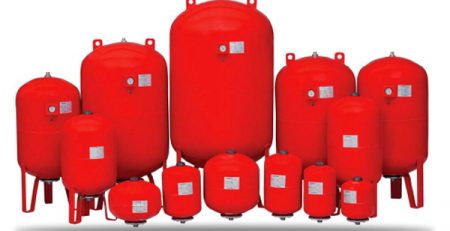What is the Working Principle of Central Heating Pump?
What is the Working Principle of Central Heating Pump?
Nicolas Carnot introduced the basic principles of the heat pump in 1824. Essentially known as a type of refrigeration cycle, heating pumps underwent a serious transformation in 1850. Lord Kelvin suggests that refrigeration machines can actually be used for heating purposes. In this way, the heating pumps are activated for the first time. In the period just before World War II, many engineers worked intensively on the development of heating pumps. Although important developments have been observed in these pumps after the 1950s, heat pumps begin to fall out of favor due to the relatively high cost of establishment.
The energy crisis that emerged in the global world in 1973 makes heating pumps popular again. Heating pumps efficiently use the low-temperature heat they obtain from nature. In fact, the working principle of heating pumps is technically no different from a simple refrigerator that we use in our homes today. This type of pumps can be used alone or with an additional system. The low-temperature heat taken from the air, water or soil is somehow converted into steam thanks to the refrigerants. Then, high temperature is provided with the steam transferred to the compressor. As a result, the transfer to the distribution system takes place.
Heating pumps are preferred for heating in winter and cooling in summer without any problem. Compared to fossil fuels, heat pumps provide much higher savings. It is even known that this savings is over 50%. There are three types of heating pumps in total: air, ground or water source.


LEAVE A COMMENT